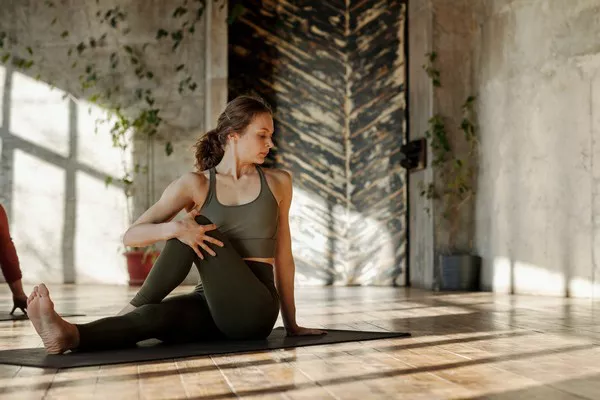When it comes to building a strong and defined set of abs, sit-ups are a classic exercise that many people turn to. But how many sit-ups a day do you need to do to see results? In this article, we will explore the science behind sit-ups and discuss how many you should be doing each day to achieve your fitness goals.
What Are Sit-Ups?
Sit-ups are an exercise that targets the rectus abdominis, the muscle that runs down the front of the abdomen and is responsible for the “six-pack” look. To perform a sit-up, lie on your back with your knees bent and your feet flat on the ground. Cross your arms over your chest or place them behind your head. Engage your core and lift your upper body off the ground, curling your shoulders toward your knees. Lower your body back down to the starting position.
How Many Sit-Ups a Day Should You Do?
The number of sit-ups you should do each day depends on your fitness goals and current fitness level. Here are a few guidelines to help you determine how many sit-ups you should aim for:
- Maintenance: If you are already at a healthy weight and simply want to maintain your current level of fitness, aim for 50 to 100 sit-ups per day.
- General Fitness: If you are looking to improve your overall fitness level and tone your abs, aim for 100 to 200 sit-ups per day.
- Building Muscle: If you want to build muscle and see significant changes in your abdominal definition, aim for 250 to 500 sit-ups per day.
It’s important to note that doing too many sit-ups can actually be counterproductive. Overtraining can lead to muscle fatigue and injury, so it’s important to listen to your body and gradually increase the number of sit-ups you do each day.
Variations of Sit-Ups
While traditional sit-ups are effective, there are several variations that can target different areas of the abs and provide additional benefits. Here are a few examples:
- Bicycle Crunches: Bicycle crunches target the rectus abdominis as well as the obliques. Lie on your back with your hands behind your head and your knees bent. Lift your shoulder blades off the ground and twist your torso to bring your left elbow to your right knee. Repeat on the other side.
- Leg Raises: Leg raises target the lower abs. Lie on your back with your hands under your buttocks and your legs straight. Lift your legs off the ground, keeping them straight, and then lower them back down.
- Planks: Planks are a static exercise that targets the entire core. Get into a push-up position and lower your forearms to the ground. Hold your body in a straight line from your head to your heels for as long as you can.
Benefits of Sit-Ups for Abs
- Improved Core Strength: Sit-ups are an effective exercise for building core strength and stability. Strong abs can improve posture, reduce the risk of injury, and enhance athletic performance.
- Increased Ab Definition: Consistently doing sit-ups can help build muscle in the rectus abdominis, resulting in a more defined and toned appearance.
- Improved Spinal Flexibility: Sit-ups involve spinal flexion, which can help improve spinal flexibility and reduce the risk of back pain.
Sit-ups are a classic exercise that can help build strong and defined abs. However, the number of sit-ups you should do each day depends on your fitness goals and current fitness level. Incorporate variations of sit-ups into your workout routine, listen to your body, and gradually increase the number of reps you do each day to achieve your fitness goals. Remember to pair your sit-up routine with a healthy diet and consistent exercise regimen for best results


